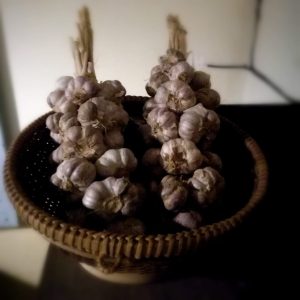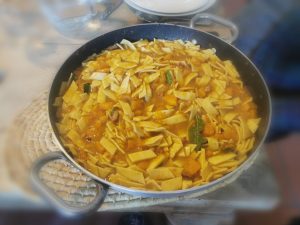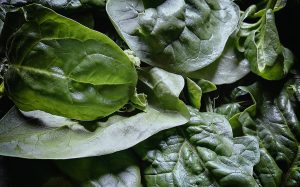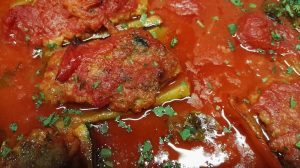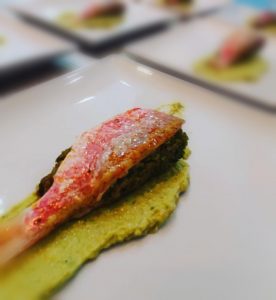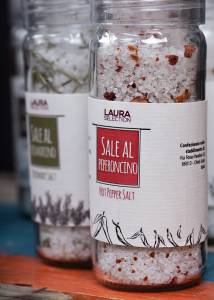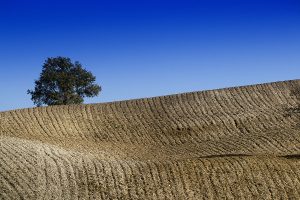This morning I met Federico, enthusiastic grower of organic produce. Together we walked in the fields steep overlooking the sea, just a few hundred meters from my home. I learned with amazement that the planting of Millet, with their small fruits, grown by Frederick, end up the “chain” in the company that produces millet milk, milk that I purchase regularly. A pleasant surprise to know that in the morning I have breakfast with products that come from the fields close to my house!
The Millet (Panicum Miliaceum) is a herbaceous plant belonging to the Gramineae family. It produces elliptical kernels used in food and feed. The Romans used it widely and entire populations during the Middle Ages were helped to overcome the long periods of famine thanks to Millet.
The great interest in this cereal is determined by the absence of gluten. Actually this protein is contained in the seed coat. It is the operation of decortication that makes the fruit virtually free of gluten. From an organoleptic point of view, Millet tastes slightly sweet and delicate and it is very digestible, playing a diuretic and energizing role.
Compared to other cereals, it is characterized by the higher content of iron, phosphorus, magnesium, fluorine and silicon. In particular, the silicon, in the form of ortho silicic acid, which is one of the soluble forms of the mineral, is particularly valuable in nutrition. The soluble silicon in fact enhances the action of production of collagen, helping the mineralization of bones, the crosslinking of the connective tissue with beneficial effects on the skin, nails, hair and teeth. Only another plant, the Horsetail, mostly used in the herbal field, is just as rich in this particular element.
Great is the content in vitamins A, B1 and B3; like other cereals, caloric intake reaches about 356 kcal per 100 grams of dry food.
For those interesting nutritional characteristics, the Millet is to be recommended under stress and intellectual exhaustion (for the rich content of choline), as a preventive of abortion in pregnancy, for those who wish to reduce the consumption of gluten, in the course of osteoporotic processes , and to improve the health and beauty of the skin.
Finally, the Millet is easy to cook. It is advisable to cook it in water for a period of about 20 minutes. It is also advisable to absorb all the liquid used during cooking. Thanks to the content of starch, after cooking, behaves as a thickener and therefore the Millet is also very good for the preparation of meatballs or croquettes.

